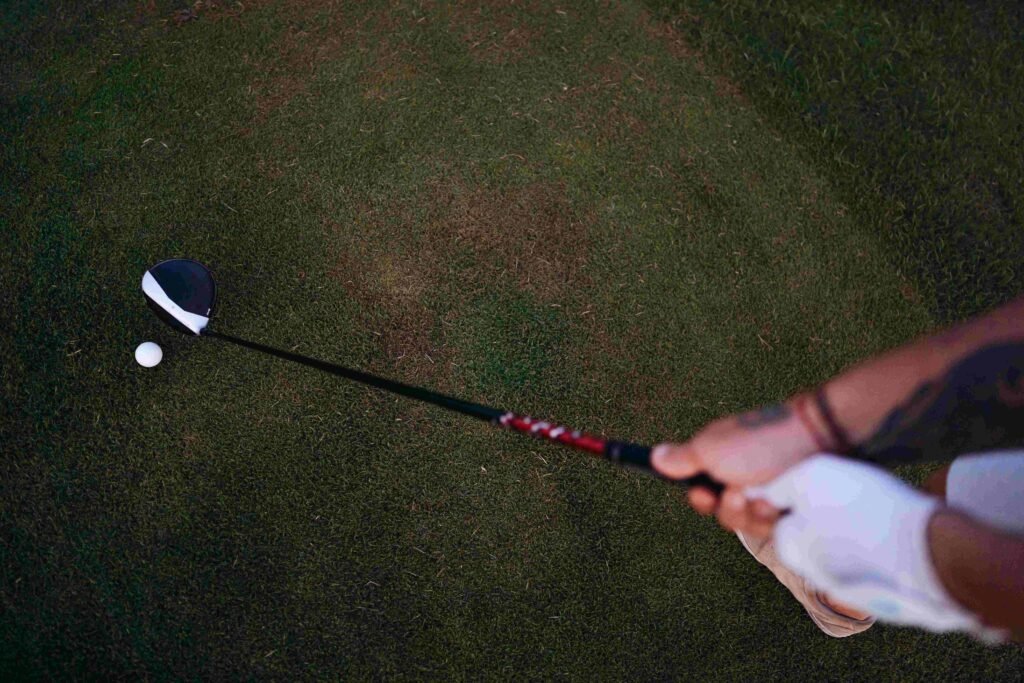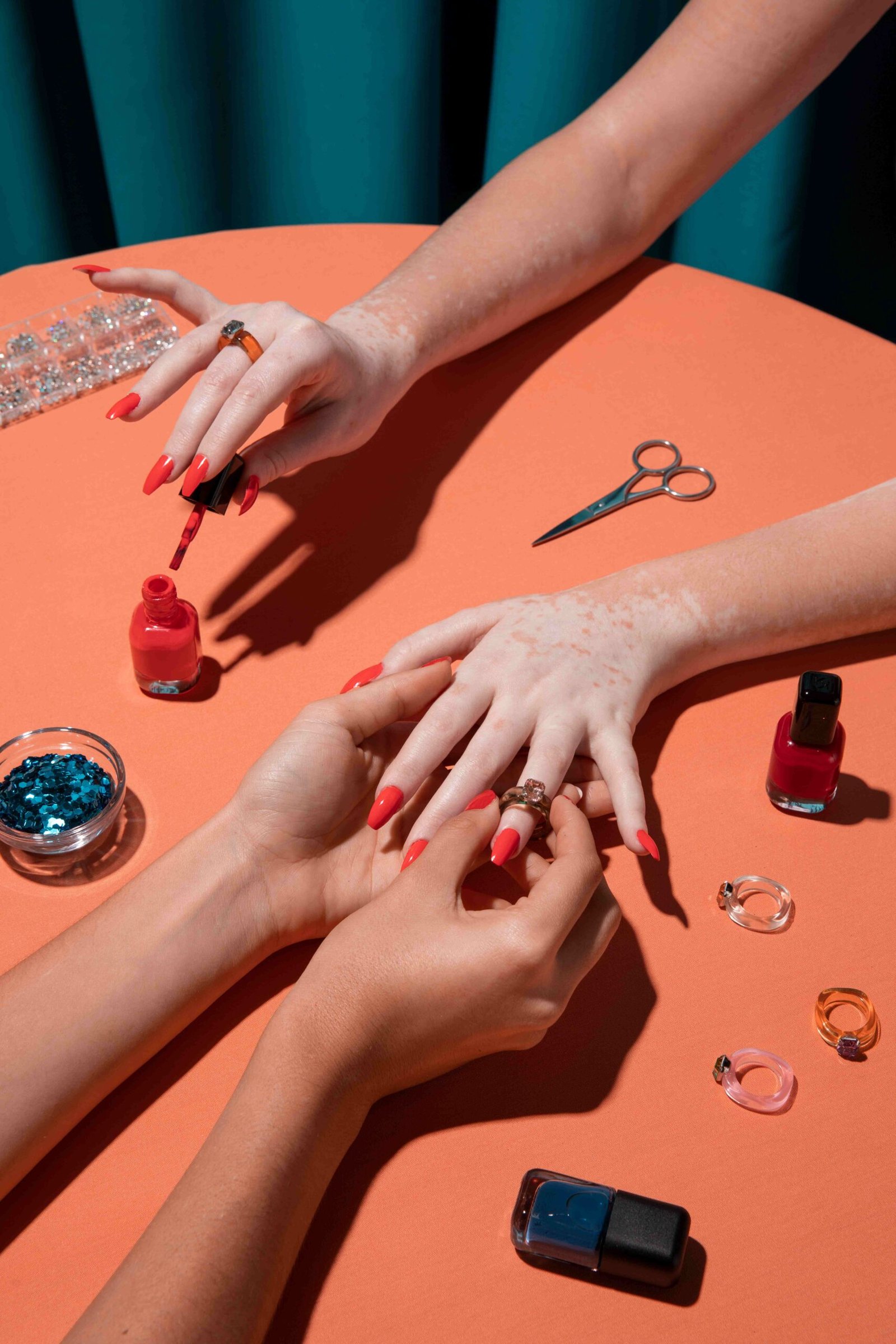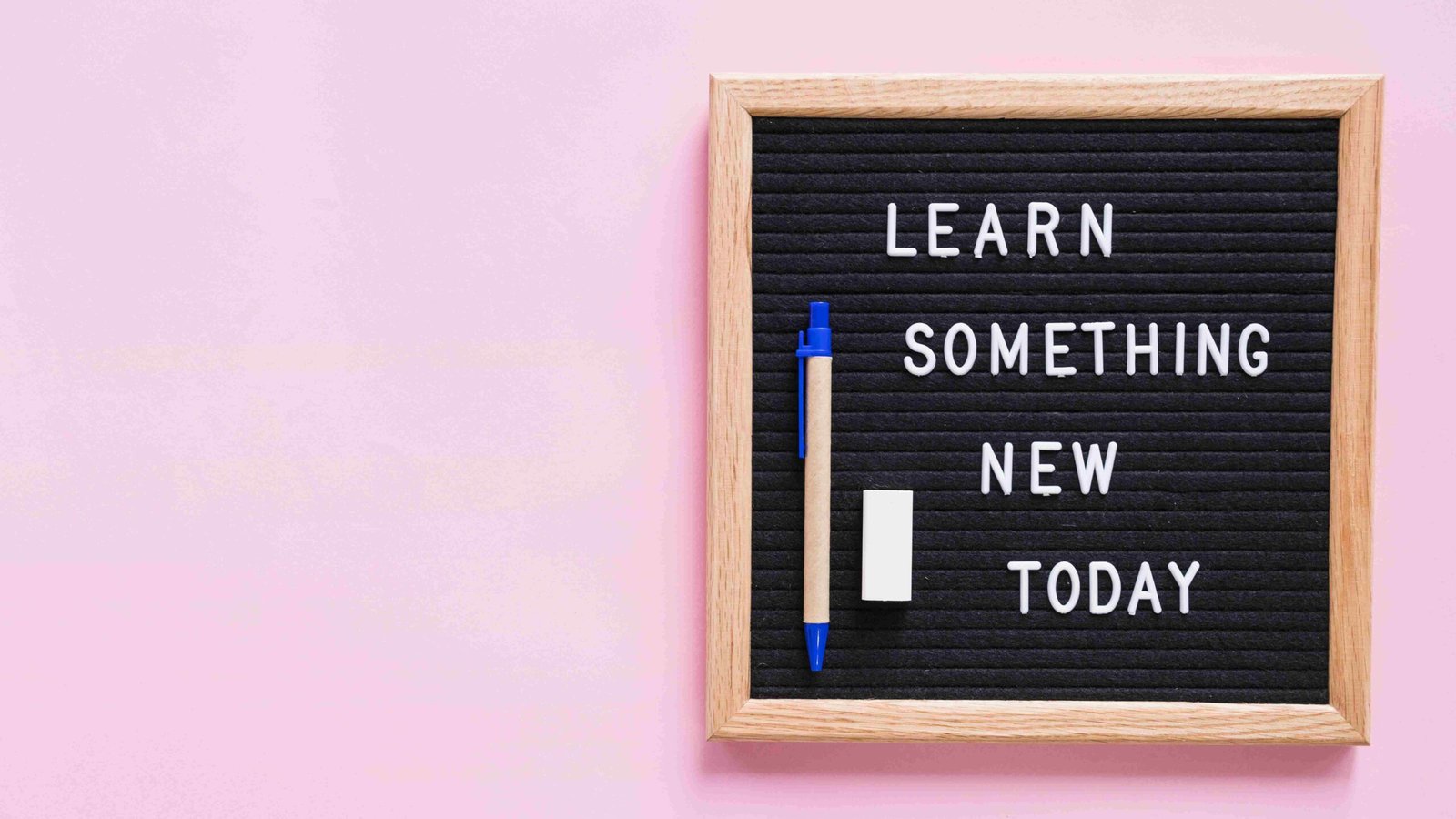What about the Vardon grip? What about the interlock grip? Ten-finger or baseball grip? What is a strong grip? Does this imply that I should tighten my Golf Grips on the club? There seemed to be so much disagreement regarding what constitutes a solid, effective grip that I thought I’d address a few concerns about our one and only relationship with the club.
I must first emphasize that the grip is one of the “fundamentals” of golf. Well, not really! While the grip, aim, and set-up are all key factors in your ability to smash a golf ball, the way you grasp the club is by no means essential – the grip is not integrated. Too many times, I have witnessed excellent grippers make bad shots and vice versa…..
Holding the club mostly with the fingers and your hands close together is the proper grip. Baseball-style, overlap, and interlock grips are not my favorites. There has been success with all of them!
A neutral golf grips is halfway between a strong and weak hold, with both hands turned away from the target in a strong grip and both hands rotated toward it in a weak grip.

What is a Strong Grip?
A firm grip is generally distinguished by the fact that the right hand is more involved in squaring upwards the clubface upon contact.
Remember that the posture of the left hand dictates all golf grips (and their placement).
If the left hand is in position, the right hand will follow.
However, while looking at a picture with a firm grasp, the most noticeable feature is how the right hand is rotated.
Turning the left hand (to the right) positions the right hand slightly under the club, exposing more of the fingers than in a neutral or weak grip.
Benefits of a Strong Golf Grips
For amateur golfers, the firm golf grips is the preferred option due to its several advantages.
Control of the clubface: Having a firm grip increases your sense of the clubhead. The powerful grip will support you as you progress through the impact position and need to square things up.
Extra stability: You can feel like you have greater control over the club head if your grips are firmer. Strong and tight grips are not the same thing; strong relates to position, while tight refers to pressure.
Slice fixer: The firm grip is an excellent approach to correct a slice; most golfers slice because the clubface remains open at impact, but the strong grip squares things up.
Extra power: Many players feel as though they can chase the ball with all of their strength and a little additional speed since a tight grip activates their arms and hands a little bit more.
Comfort: Comfort is a matter of personal opinion, although many golfers believe that a tight grip is more comfortable.
Negatives of a Strong Grip
Everyone would have a flawless strong grasp if there were one.
Here are a few drawbacks to be aware of.
Too much right hand: Your right hand might get overly active in the swing at times; this is something to be aware of, especially in the short game.
Inconsistency in golf shots: There is usually more dispersion in your shots if you swing with smaller muscles, like your hands and arms.
Too much draw: Tired of hitting a draw on every golf swing? Check to be sure it’s not the grip. The tight grip allows us to keep the clubface continuously closed, yet this ball flight may not always be necessary.
Increased tension: For certain players, the way the powerful grip encircles the club in the right hand can lead to heightened anxiety.
When to Use the Strong Grip
The firm grip is the ultimate slice fixer, however there are other situations when you can benefit from employing the stronger grip, such as:
Golfers with tiny hands require greater control.
Any player attempting to take possession of the clubhead.
Players that like hitting draws.
Anyone searching for a bit more power in their swing.

What is a Weak Grip?
The left hand on the club moves toward the left in the weak grip. This is not a whole revolution, but a little turn.
The right hand may now get further on top of the grip as the left hand rotates.
Comparing the right hand positioning to the firm grasp, it is far less active.
The right hand’s ability to influence the ball’s trajectory and overall distance during a golf swing is limited when it is positioned at the top of the club.
Even if the term “weak” implies something bad, there are situations and situations in which a weak grasp is appropriate.
Benefits of a Weak Golf Grip
The biggest advantage of a weak grip is the ability to hit a fade; while approaching a green with the pin on the opposite side, decrease your grip and hit it in the middle.
Higher, softer fades: The ball arrives on the green and remains where you need it to, making the high and soft fade shot really useful. Golfers that have a weak grip are frequently able to hit softer fade-type shots by keeping their face slightly uncovered at impact.
Consistency in ball flight: The weak grip maintains the face square to open upon impact; unlike the strong grip, which has a closed clubface, the weak grip allows you to hit your strokes more consistently.
Great feel around the greens: You want to increase overall feel for a range of short game shots; a weaker grip makes this possible for a number of reasons; it may be especially helpful if you frequently make skull shots or have an overly strong grip.
Less grip pressure: A weaker golf grip significantly reduces the inclination to clutch the club too tightly.
Better timing and tempo: Even while the weak grip occasionally seems a bit less strong, it can enhance the swing’s overall pace and provide a smoother transition from the backswing to the downswing.
Negatives of a Weak Grip
If you need help with power in your golf swing, a weak grip might be detrimental.
Could cause a slice: As I’ve already indicated, make sure the alterations you make to your grip are small because if you weaken it too much, it might result in a slice.
Less control at impact: When you reduce your grip, your ability to sense where the clubface is and if it is closed improves significantly.
Lower clubhead speed: The majority of the time, a golfer with a weaker grip will swing the club more slowly than one with a stronger grip.
When to Use a Weak Grip
The weak grip is not something you have to do constantly; I use it if I want to hit a fade, but I don’t have to.
When you get close to a green, you have to attack the right-side pin.
Whenever a softer and higher shot is required.
Right, hitting a drive on a dog leg.
For improved feel as well as control, wrap around the greens.
When grip pressure has to be reduced.
Players that want to work the ball prefer a weaker grip.

FAQs
These are some of the most frequent queries concerning strong versus weak grips.
To choose which grip to utilize, keep in mind that personal choice and what gives you confidence will be important considerations.
Which professionals have the strongest or weakest grips?
Over 50% of players aspire for a neutral grip, which is possessed by the majority of pros. Less than 15% of players fit this description, showing how rare powerful grips are.
A third or so of players have weak grips. These grips are likewise subject to periodic modification.
Do any professional golfers have a poor grip?
Yes, around 30% of professional golfers utilize a weak grip. The weak grip provides a better feel and increased workability in shots.
What happens if your golf grip is overly strong?
If your golf grip is overly firm, you may feel like you’re hooking your strokes. Hooking a golf shot is a concern because it generates a lot of topspin; the ball can roll indefinitely.
How can I tell if my golf grip is too weak?
If your golf grip has become weak, you may experience a loss of power or notice that the clubface is too open at impact.
Your feeble grip can be at blame if you start hitting slices or fades out of the blue.
Does a slice result from a shaky grip?
Although it is not generally the reason for a slice, a weak grip might be the cause.
The majority of the time, a poor grip might exacerbate a slice since the right hand isn’t working hard enough to close the clubface.
Final Thoughts
At this stage, you should have a solid knowledge of the distinction between a strong and weak grip.
I would recommend playing with both and shooting shots on the range to learn what both grips can accomplish and how they affect your golf swing.
In the end, there is no clear winner, however many amateurs prefer a firm grip while experts prefer neutral (or even weak).
Once your hands are in a home base, make little adjustments to get them into the correct positions.
Seek to fit your grip within an acceptable range so that it can operate within that range. Furthermore, a strong grasp is, in my opinion, significantly more functional than a weak one.










